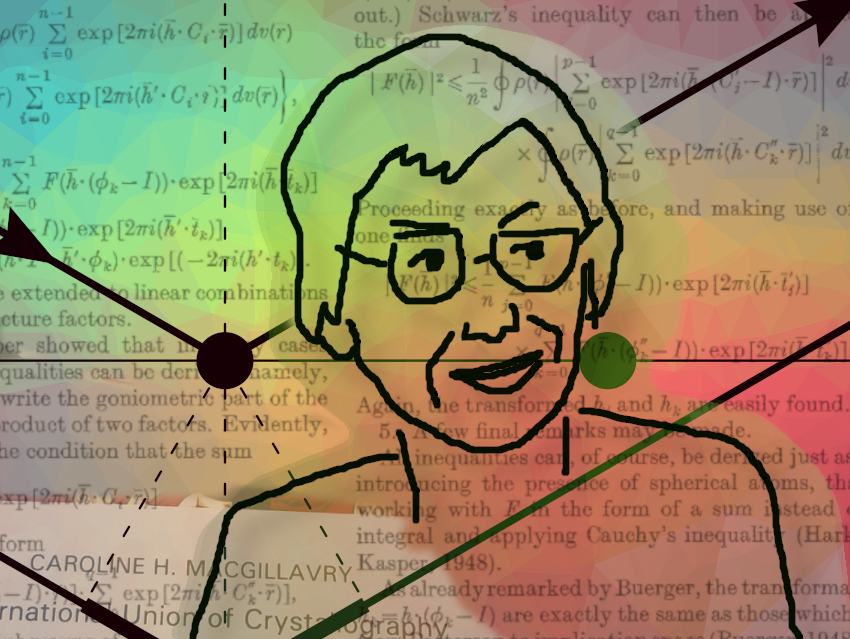Carolina Henriette MacGillavry (1904–1993) was a Dutch chemist and crystallographer and one of the pioneers of using the X-ray diffraction of crystals. She developed the Direct Method in calculating X-ray crystallographic data [1,2]. She did so independently and at the same time as two American scientists who later became Nobel Laureates.
The Beauty of Crystals
The Direct Method uses the Harker-Kasper inequality, first published in 1948 by the crystallographers David Harker and John S. Kasper [3]. It is a theoretical foundation for the direct determination of crystal structures from X-ray diffraction data tackling the so-called phase problem, which is difficult to solve for a three-dimensional system such as a crystal. While the intensities of diffracted X-rays can be measured, the phases are lost during the experiment. Without the phases, it’s impossible to accurately reconstruct the electron density map of the crystal, resulting in incomplete information about its structure.
Carolina MacGillavry developed the Direct Method independently from American crystallographers Jerome Karle and Herbert A. Hauptman [4,5]. Jerome Karle, who shared the 1985 Nobel Prize in Chemistry with Herbert A. Hauptman for the direct analysis of crystal structures using x-ray scattering techniques, is said to always mentioned when talking about direct methods for crystal structure determination that “the observation of the non-negativity of electron density as the basis for inequalities was made by H. Hauptman and himself, and independently also by C. Macgillavry” [1]. This work made MacGillavry an international authority on the subject.
MacGillavry’s profound expertise, her selection of research topics, and her mastery of experimental techniques have earned her a prominent position within the national and international X-ray analysis community. Her series of structural research on vitamin A and its derivatives is, for example, considered to be a highlight. Also because at that time a structure determination with 25 atoms was a scientific achievement in itself. A series of 20 structures was, to say the least, proof of rare abilities.
In addition to her research, she was active in numerous organizations and committees such as the International Union of Crystallography (IUCr) and she was actively involved in the historical, mathematical, and artistic dimensions of crystallography. Her focus extended from her research to such diverse subjects as mirrors, animals, plants, minerals, and the Dutch polder landscape. Through publications and lectures on symmetry, she skillfully explained works of art, nature, and science to a wide audience. She also continued with this after retiring as a professor.
In 1959, Carolina MacGillavry met the Dutch graphic artist Maurits Cornelius Escher. Recognizing the affinity between his work and the symmetry principles of crystallography, she arranged for him to exhibit in Cambridge, UK, during the 1960 Congress of the International Union of Crystallography (IUCr) [6]. In 1965, she published the book “Symmetry Aspects of M.C. Escher’s Periodic Drawings” [7], which contributed to his breakthrough in the United States as well as to her own fame. More publications followed, such as in 1976 the book “Fantasy and Symmetry: The Periodic Drawings of M. C. Escher” [8], as well as on the polyhedra in Albrecht Dürer’s Melencolia I.
Carolina MacGillavry left a significant part of her estate to create the MacGillavry Foundation. The foundation supports young researchers working on natural science projects that address challenges in developing countries. The main access road to the Science Park Amsterdam, home to the Faculty of Science, was named after Carolina MacGillavry.
Career Journey
Carolina Henriëtte MacGillavry was born on January 22, 1904, in Amsterdam, the Netherlands. Her father was a brain surgeon and her mother a teacher. She studied chemistry at the University of Amsterdam. In 1932, she graduated cum laude and worked as an assistant to Professor A. Smith at the Laboratory for General and Inorganic Chemistry.
During this time, she met Johannes Martin Bijvoet (1892–1980), a senior lecturer who was a pioneer of the X-ray diffraction of crystals and is known today for the development of a method to determine the absolute configuration of molecules. Through him, Carolina Henriette MacGillavry became faszinated by crystallography. She did her doctorate in this field in Amsterdam and received her Ph.D. summa cum laude in 1937. The topic of her work was: Röntgendiffractie van veelling-kristallen: de kristalstructuur van eenige diamminen (X-ray diffraction of complex crystals: the crystal structure of some diamines).
She then became an assistant to A. E. van Arkel in Leiden. At Bijvoet’s request, however, after only six months she returned to the Crystallography Laboratory in Amsterdam and became an assistant to Bijvoet. Together with Bijvoet, she studied electromagnetic deflection and its application in crystallography.
In 1947, she became a lecturer in crystallography. She attended international conferences and collaborated with leading researchers. In 1950, she became an associate professor at the University of Amsterdam and was later appointed the first female full professor of chemical crystallography. In 1950, she became the first woman to be elected to the Royal Netherlands Academy of Arts and Sciences (Koniklijke Nederlandse Akademie van Wetenschappen (KNAW). In 1961, she became director of the Laboratory for Crystallography in Amsterdam, which by then had become an independent institution.
In 1968, she married the ear, nose, and throat specialist J. H. Niewenhuijsen. She remained Professor of Chemical Crystallography at the University of Amsterdam until her emeritus status in 1972. However, she continued her scholarly pursuits, focusing on the historical and artistic aspects of crystallography. Carolina Henriette MacGillavry died on May 9, 1993, in Amsterdam.
Carolina Henriette MacGillavry is the answer to Guess the Chemist (145).
References
[1] H. Schenk, Obituary: Carolina H. MacGillavry (1904–1993), IUCr Newsletter 1993, 1. (accessed January 25, 2024)
[2] M. Bosch, Carolina Henriette MacGillavry (1904–1993), in European Women in Chemistry (Eds.: Jan Apotheker, Livia Simon Sarkadi), Wiley-VCH, Weinheim, 2011. https://doi.org/10.1002/9783527636457.ch37
[3] D. Harker, J. S. Kasper, Phases of Fourier coefficients directly from crystal diffraction data, Acta Cryst. 1948, 1, 70–75. https://doi.org/10.1107/S0365110X4800020X
[4] C. H. MacGillavry, On the derivation of Harker–Kasper inequalities, Acta Cryst. 1950, 3, 214–217. https://doi.org/10.1107/S0365110X50000525
[5] J. Karle, H. Hauptman, The phases and magnitudes of the structure factors, Acta Cryst. 1950, 3, 181–187. https://doi.org/10.1107/S0365110X50000446
[6] David Sayre, Structure Determining Methods, in Crystallography in North America (Eds.: D. McLachlan, J. P. Glusker) American Crystallographic Association, 1983, 273–276.
[7] C. H. MacGillavry, Symmetry aspects of M. C. Escher’s periodic drawings, 3rd Ed., International Union of Crystallography, Chester, UK, 2017. ISBN 978-0-9553602-3-7
[8] Carolina Henriette MacGillavry, Fantasy and Symmetry: The Periodic Drawings of M. C. Escher, Harry N Abrams Inc., New York, USA, 1976. ISBN-10: 0810908506, ISBN-13: 978-0810908505
Also of Interest
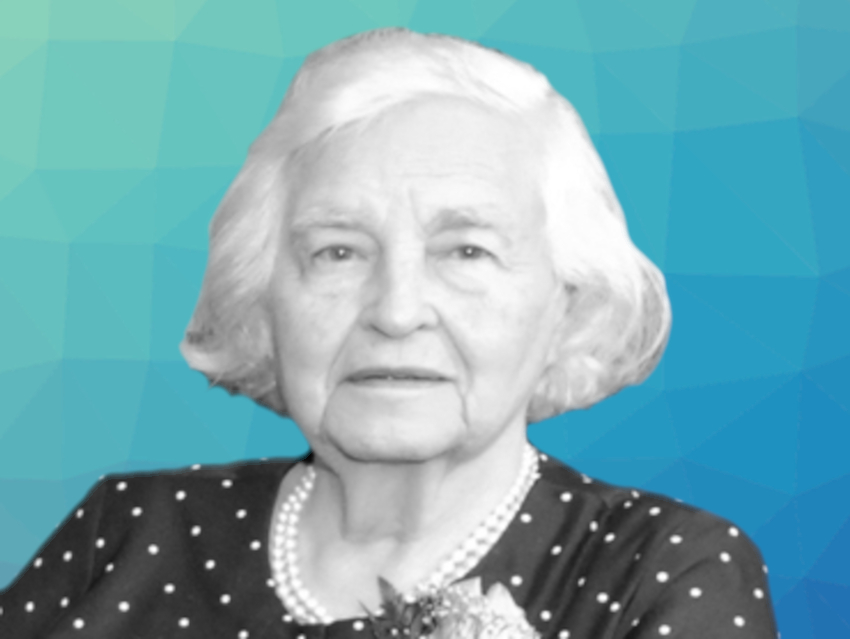
U.S. chemist known for her work on X-ray crystallography and the Manhattan Project
X-ray diffraction proved that X-rays are waves and the space lattice theory of crystals
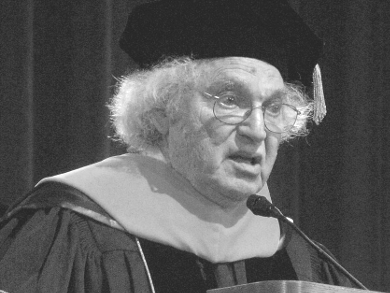
Chemistry Nobel Laureate laid the mathematical groundwork for solving crystal structures
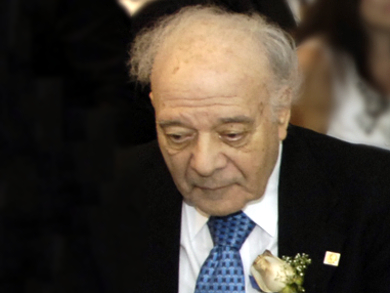 100th Birthday: Jerome Karle
100th Birthday: Jerome Karle
Chemistry Nobel Laureate co-developed the theoretical basis for solving crystal structures
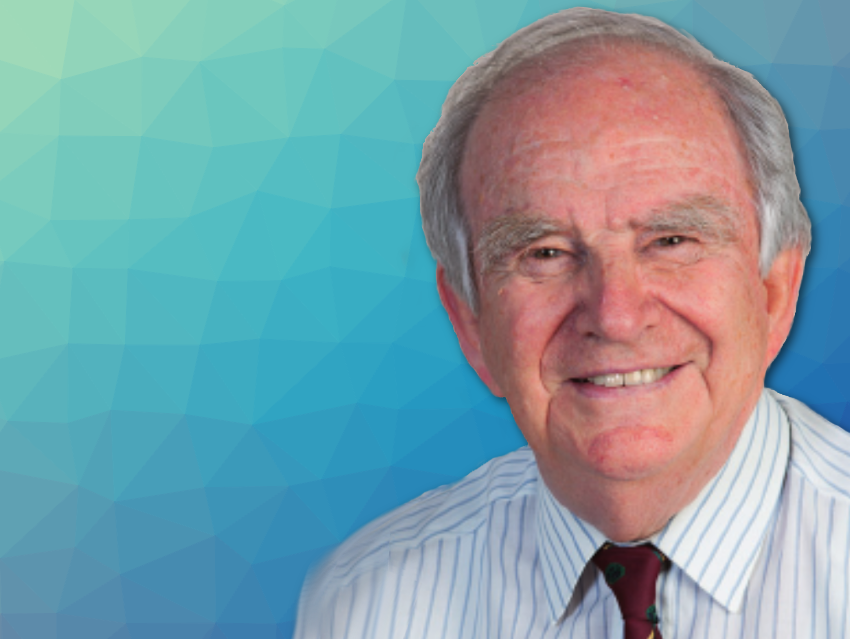
Sir John Meurig Thomas about his motivation to write about scientific pioneers, success, and the power and beauty of stories

Starting from the early alchemists we take a journey through time to examine how each of these chemists pushed the boundaries of what is possible
